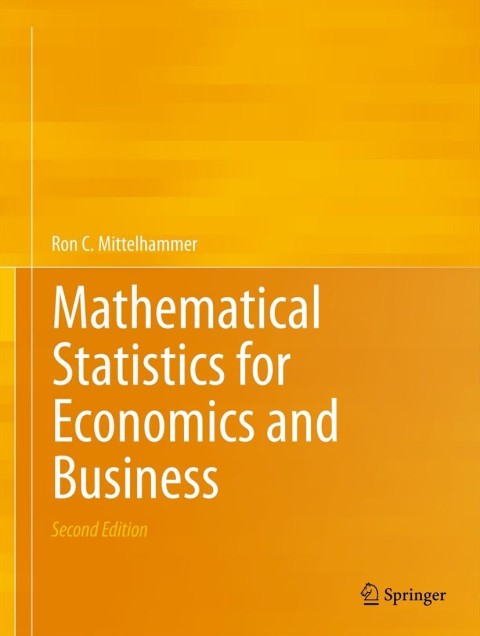The season average price per pound, (p), and total season quantity sold, (q), of sweet cherries in
Question:
The season average price per pound, \(p\), and total season quantity sold, \(q\), of sweet cherries in a regional market can be represented as the outcome of a bivariate random variable \((P, Q)\) with the joint probability density function \(f(p, q)=.5 q e^{-q(.5+p)} I_{(0, \infty)}(q) I_{(0, \infty)}(p)\)
where \(p\) is measured in dollars, and \(q\) is measured in millions of pounds.
(a) Find the marginal density of \(Q\). What is the expected value of quantity sold?
(b) Define the regression curve of \(P\) on \(Q\). What is the expected value of \(P\), given that \(q=1 / 2\) ?
(c) If the government receives 10 percent of the gross sales of sweet cherries every season, what is the expected value of the revenue collected by the government from the sale of sweet cherries given that \(q=1 / 2\) ?
Hint: \(\int x e^{a x} d x=\left(e^{a x} / a^{2}ight)(a x-1)\).
Step by Step Answer:

Mathematical Statistics For Economics And Business
ISBN: 9781461450221
2nd Edition
Authors: Ron C.Mittelhammer





